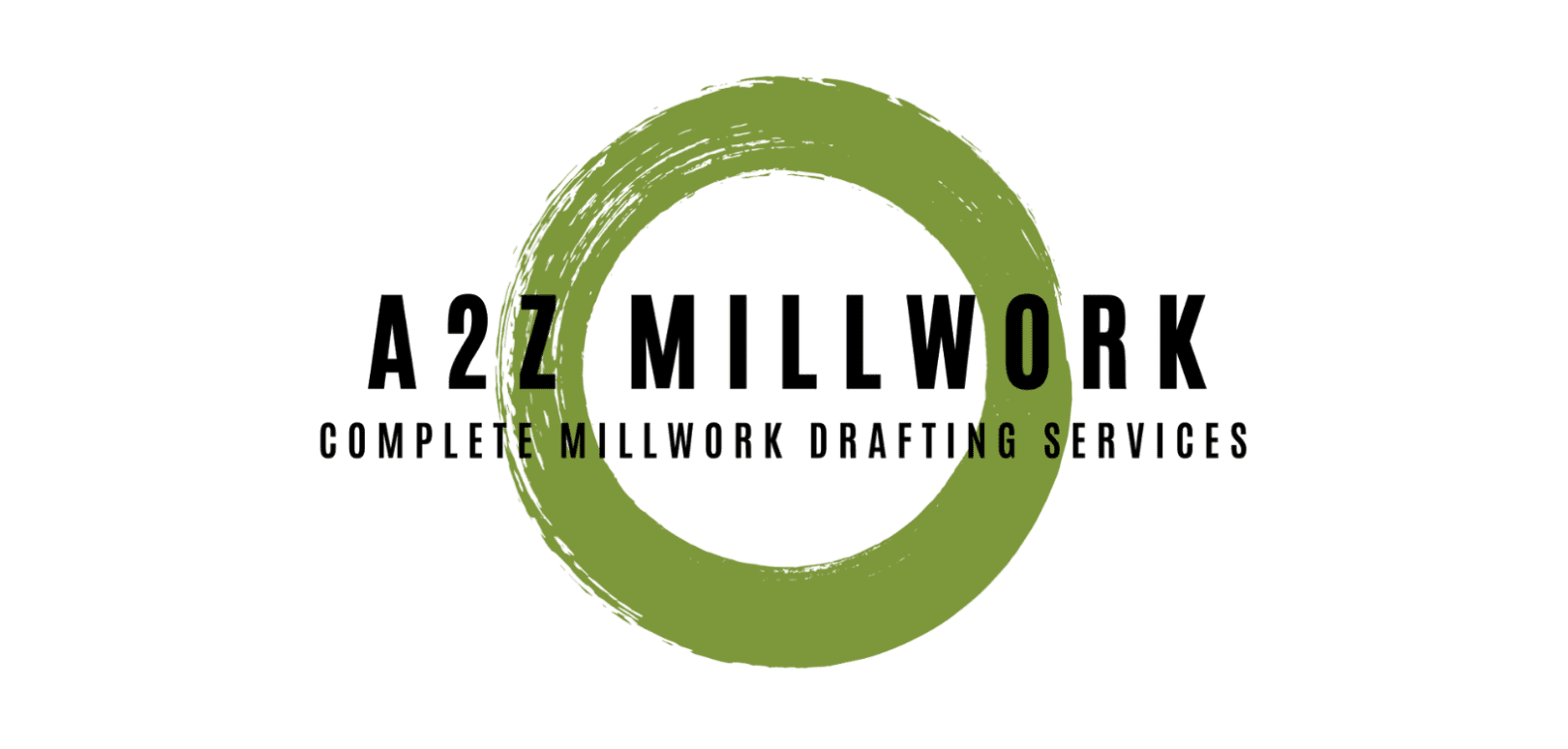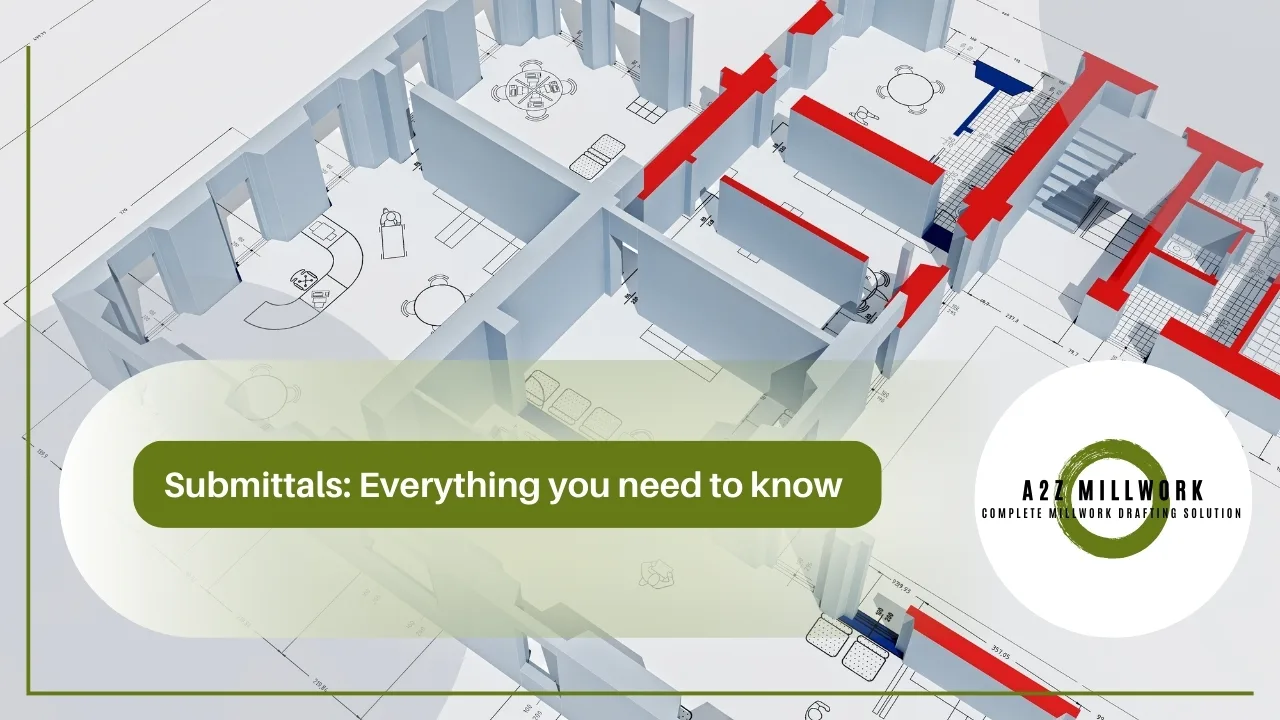Architects and designers are meticulous when defining details in the projects they create — they have to be. And it’s no strange when they’re studying submittals.
Now that outside of the industry might think, what is a submittal? So first, let’s know about this in detail.
This article will tell you the most asked questions like, what is a submittal and why is it used in construction. So let’s get started.
What is a Submittal?
The architecture industry has used the term ‘submittals’ since the early 1800s, though time has grown in demand throughout the last Century. As the scale of construction projects increased over the years, the term became more consistent. As a result, the industry required a word to define document-centric communications between the architects, engineers, fabricators, vendors, & contractors. Usually, the word submittal is similar to submission, as it explains documents that can be submitted for choices to be made by others.
Submittals are documents, samples submitted, or drawings by the contractor to the owner or the architect to confirm that the work and equipment presented on the job match the records added in the construction contract.
Types of submittals
There are several types of documents and more that build up submittals. In addition, there are various standards that the engineers or the architects might want the subcontractors to understand and follow. And the information needed will vary based on the type of submittal & the standards used. Yet, these are the more common submittals and the required information.
- Product data and Material Data:- Product data and materials data give information about the products that will buy for use in the work — paint, drywall, carpet, sealants, masonry — everything. They should meet the products specified in their formulation, performance, & warranty.Note that there are three types of product & materials specifications, which means there are three similar types of submittals in response: Prescriptive specifications, performance specifications, & proprietary specifications.
- Perspective Specifications:- It gives complete detailed how-to directions on how to use & install the product.
- Performance specifications:- It describes the features of the material, despite the manufacturer.
- Proprietary specifications:- It represents a make & model by a particular manufacturer.
Typically, Proprietary specifications are used in public tender work to promote competition between the suppliers. But it’s also necessary to note that only three manufacturers are usually allowed for any item, and the A&E must approve others before submittals gets made. Therefore, it will reject product submittals for items manufactured by a non-approved supplier.
- Shop drawings:- As the name refers, shop drawings are considerably detailed drawings prepared by the fabricators showing verified, accurate field dimensions, joinery, materials, etc.The architect will examine those drawings in coordination with any suitable engineering consultants to ensure that the arrangements are in keeping with the Contract Papers.They can include reinforcing & structural windows, steel, storefronts, cabinetry, roofing assemblies, & nearly any other major part of the work.
- Sample Drawings:- Samples are the primary need for the surface materials — masonry, carpet, countertops, and fixtures — that need to get tested for the finish, density, & color. Allows the designer to review for both performance & esthetic requirements.Granite, for example, varies from one quarry to another and even from 2 places within the same quarry. As a result, every piece might have a different look that requires adjusting with other finishes.
Process of submittals
Now, let’s discuss how submittals work.
The submittals process is an easy check-and-balance to guarantee that data in the contract documents are written correctly throughout the team, from the architect through the different subs & the suppliers, and then back, to ensure that everyone is on the same page.
Types of submittals
There are several types of documents and more that build up submittals. In addition, there are various standards that the engineers or the architects might want the subcontractors to understand and follow. And the information needed will vary based on the type of submittal & the standards used. Yet, these are the more common submittals and the required information.
- Pre-Construction:- The pre-construction stage of a project is just as crucial to the submittal process as any other stage. In general, the pre-construction meeting gives everyone a chance to ask questions and talk about the project by bringing everyone together. The submittal drawing process can & should be explained to every person at this meeting because it makes sure that everyone concedes the standards & is ready to work on them. As a whole, it gives an overall idea of how the work has to be done and provides everyone with helpful information.
- Schedule:- It’s necessary to set a submittal schedule. The program will help you keep the project on track because the architect or the engineer does not have many hours to ensure that the materials used will be steady. And since not submittal needs to finish before construction starts, this helps out to think about what to do and not to do. They don’t want to do submittals merely on a first-come and first-serve basis. And suppose the engineer or the architect doesn’t accept the materials. In that case, it gives them time to resubmit the work with different materials, or it gives them time to buy the materials.
- Submittals Preps:- After the schedule gets set, subcontractors should start their submittal process. Before they begin the process, they need to collect the necessary documentation & sometimes even some samples for reference. For some things, it will be effortless, like getting color approval. At the same time, other areas might have some different approval processes. Although, every person must submit all required documentation which was outline at the pre-construction conference.
- Review:- The review process will perform by the architect or the engineer’s side. They will see the materials list and all other supporting documentation to learn the effect of the material on the project. It is to stop issues down the line, guard the structural integrity of the building, and prevent rework. Then, if the submittal is accepted, they can start to work, or if the submittal gets rejected, the subcontractor can resubmit the work with new materials.
How to enhance your Construction Submittals?
Now that you know what a construction submittal is and the process followed, how can we enhance the construction submittals? It starts by improving the three key pillars:
- Streamline Administrative Work: Decreases manual errors and delays & enhance the organization with automated workflows.
- Provide Complete Visibility: The whole team has access to the required documents and the information when needed.
- Advanced Tracking: Anybody can see where submittal items are in the entire process at any time and know when and where they need to take their following action.
If you need any help with submittal management
Then we are here to help you with our expert team, which can provide shop drawings and submittals at a very reasonable price and high quality.
So come and join our family.






